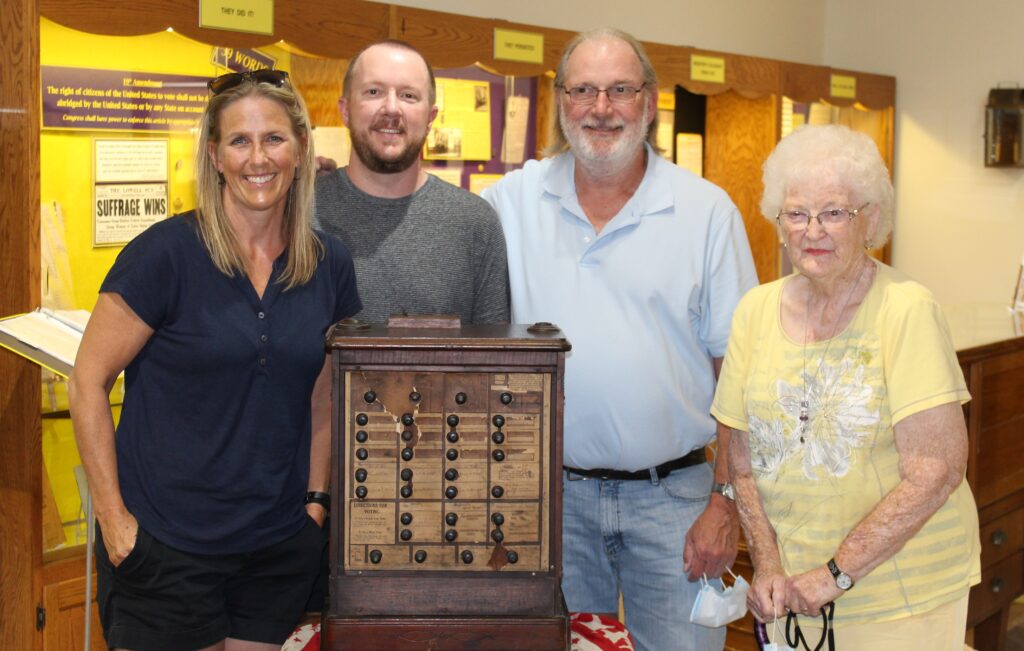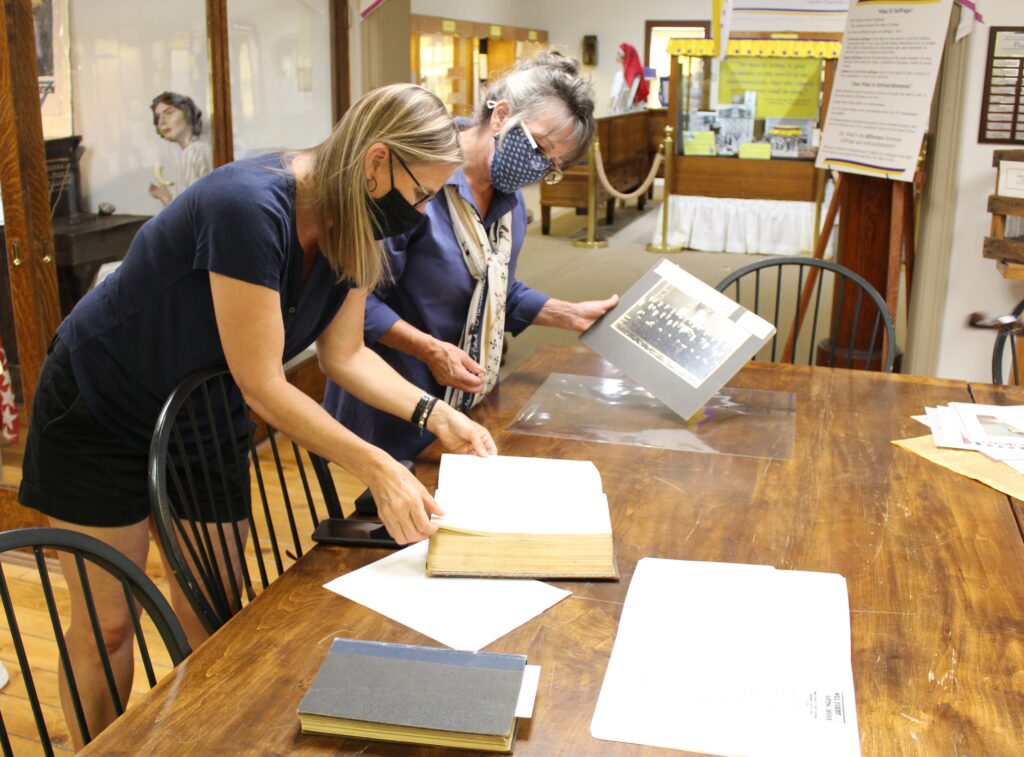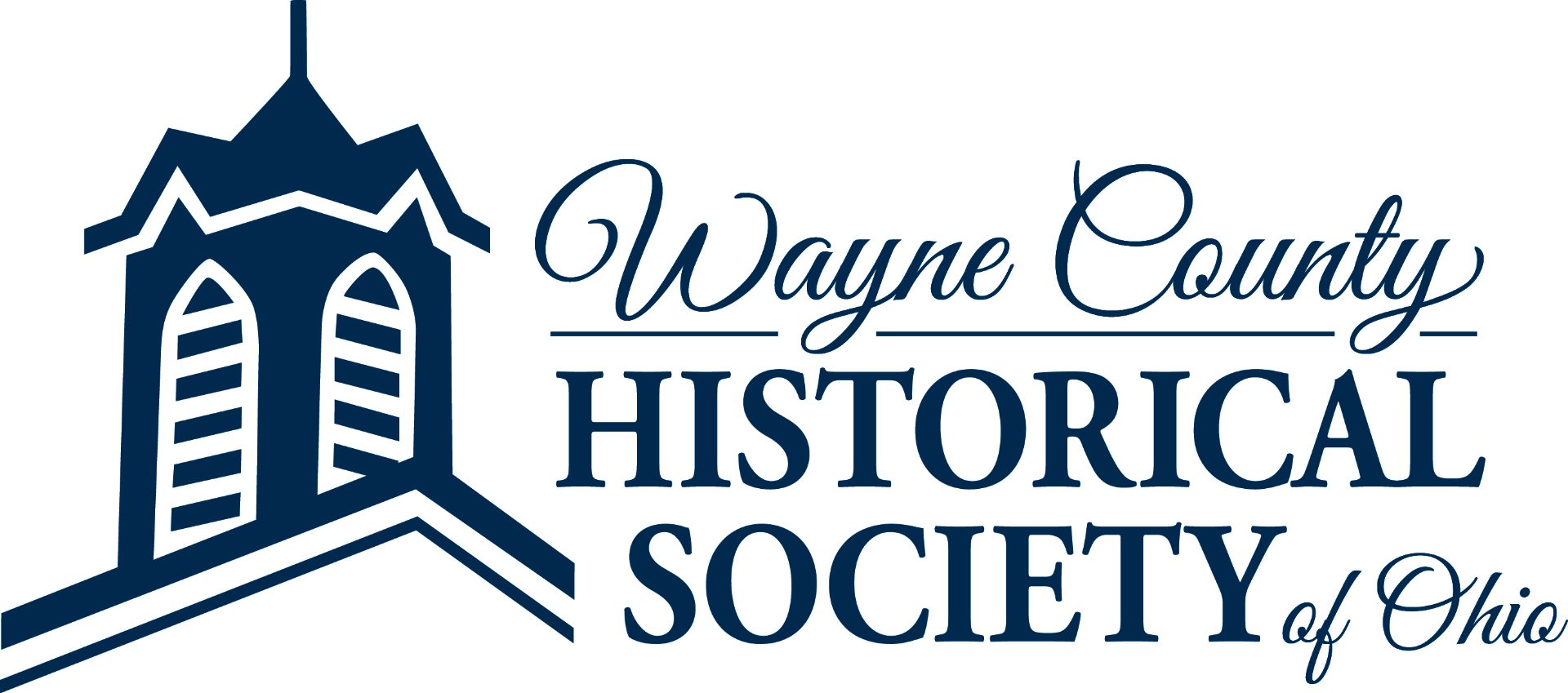
This summer, a woman in California working on her family’s genealogy came across photos of an odd-looking contraption posted on Ancestry.com – an early voting machine invented and patented by her fourth great uncle, Hiram Swartz, which was said to be in the collection of the Wooster [sic] Historical Society.
“I was wondering if you can tell me if this item is at the museum,” Jennifer Halter emailed. “I am coming back to visit family in a few weeks, and if this neat little piece of history is still in your possession and on display, I would absolutely love to see it (and bring my 90-year-old grandmother).”
On display it is, in conjunction with the Votes for Women! exhibit, and so it came to pass that this week Halter, along with her brother, Chris Beitzel, father Glen Beitzel, and grandmother Kathleen Beitzel arrived to tour the Historical Society and see the invention that their ancestor had labored on for almost 30 years, along with other artifacts and documents related to him.

Swartz, a Wayne County native, had a long and distinguished career as a lawyer, probate judge, president of the Wayne County Bar Association, and two-term mayor of Wooster, from 1877 to 1881. Unfortunately, most people were not keen on using a new, unproven technology instead of a paper ballot. And the Swartz machine had a fatal flaw: mistakes could not be corrected. If a mistake was identified, an entire day of voting would be lost. For those reasons, the Swartz voting machine was not a commercial success.
If you too would like to see the Swartz voting machine, the Votes for Women! exhibit, and the rest of the eight-building campus, the Historical Society is open every Saturday and Sunday from 1 to 4 p.m. Last tour leaves at 3 p.m.
